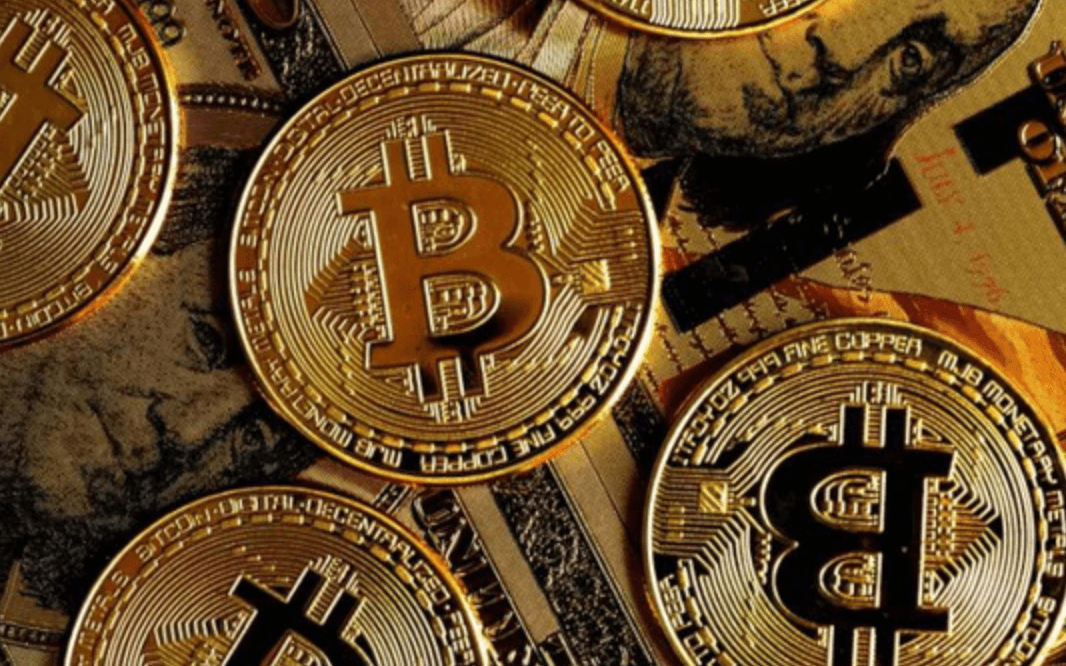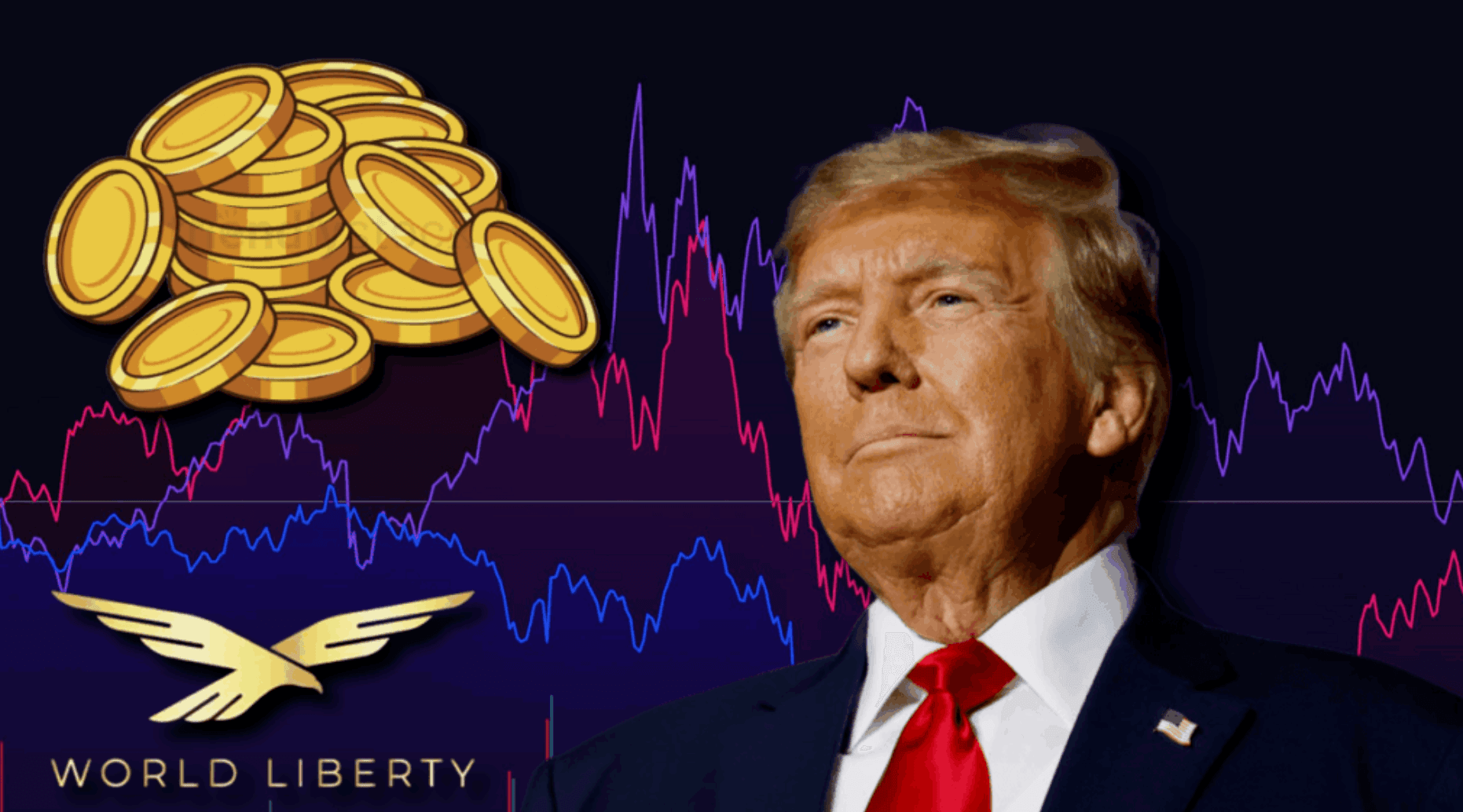The $263 Billion Stablecoin Revolution: Why JPMorgan and Visa Are Betting Your Financial Future on Digital Dollars

I'm watching a tech executive pay $22 for pho at a Marina District restaurant while scrolling through JPMorgan's announcement of JPMD—their new bank-issued digital token. The same bowl costs $2 in District 1, Saigon, but that price differential suddenly feels insignificant compared to what's happening in global finance. My grandmother always said "Nước chảy đá mòn" (water flows, stone erodes)—persistent forces eventually reshape everything. Right now, stablecoins are that water, and traditional banking is the stone.
As someone who burned out trading derivatives in Hong Kong's Central District before pivoting to lifestyle economics, I've seen enough "revolutionary" financial products to fill a Marina yoga studio. But when JPMorgan and Visa aren't just testing but actively deploying stablecoins into core payment infrastructure, we're witnessing the quiet erosion of how money has worked for centuries.
The Tipping Point: $263 Billion and Growing
The stablecoin market hit $263 billion in mid-2025, reaching a two-year high that's larger than most Fortune 500 companies. The U.S. alone is projected to reach $2 trillion by 2028, driven by institutional adoption and regulatory clarity. USDT controls 62% of this market while USDC holds 24%—together representing 86% of all stablecoin value.
To understand the scale: this represents more daily transaction volume than most national payment systems, yet it operates on blockchain infrastructure that settles 24/7 without traditional banking intermediaries.
JPMorgan's Institutional Gambit: JPMD Rewrites the Rules
JPMorgan's JPMD deposit token operates on Coinbase's Base blockchain, with plans to offer interest—a feature currently absent in most stablecoins. Unlike public stablecoins where issuers pocket the yield from reserves while holders get nothing, JPMD is designed to eventually pay returns to institutional clients.
Having traded cross-border settlements in Hong Kong, I can appreciate the magnitude of this shift. Transactions that once took 3-5 days and cost hundreds in correspondent banking fees now settle in minutes for pennies. JPMorgan's Kinexys platform already processes $2 billion daily with $1.5 trillion in total volume—integrating stablecoins brings this institutional scale to public blockchain rails.
The strategic implications compound as other major banks watch JPMorgan's pilot. When a regulated bank endorses public blockchain infrastructure for institutional-grade money movement, it signals the technology has crossed the reliability threshold.
Visa's $225 Million Infrastructure Play
Just one step to unlock the rest of this article
Sign in to read the full article and access exclusive content
✨ Completely free • No credit card required




